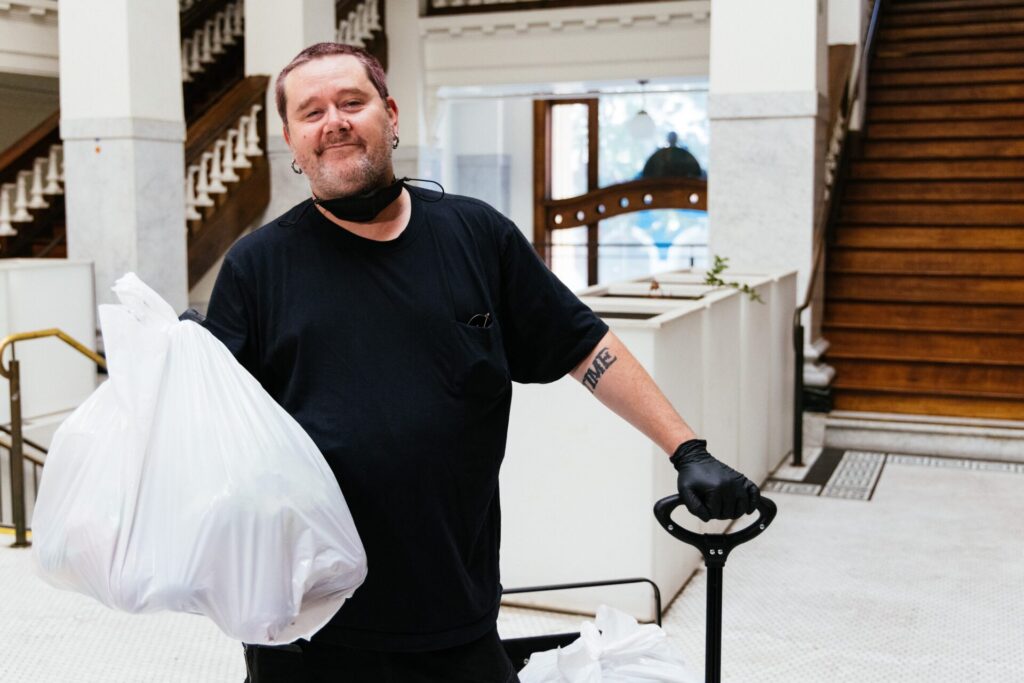
Coming from an Italian family where a full belly was the highest compliment, Food Bank volunteer Sam grew up knowing that food was “a big deal.”
“Without food, I feel like life would be boring,” he shared. “Food is a way for people to show how much they care about people, without knowing how to say it or show it otherwise. I feel like you can solve a lot of problems with food.”
In July of 2021, food helped Sam solve a problem of his own: how to occupy his time as a newly sober person. Meditating on the value of food in his own life, and as a safety net and springboard for others, he decided to volunteer with the Food Bank.
“Trying to Make a Life”
After a short stint packing grocery bags at the San Francisco warehouse, Sam began delivering fresh food to the doorsteps of homebound neighbors. But soon, he was wondering how he could make an even greater impact. Eager to build a consistent routine and establish a connection with folks on his route, Sam “adopted a building” to deliver food to the same families in the Tenderloin each week.
Reflecting on his experiences over the past three years, Sam was quick to counter common misperceptions about food insecurity in the Tenderloin: “I deliver food to not just folks who are in from the cold, but a lot of people who are trying to make a life and get back on their feet,” he shared. “There are families in these neighborhoods that need this service. They’ve got children they have to feed.”
Underscoring Sam’s point, only 3% of Food Bank participants are unhoused and 60% have at least one member of the family working. It’s clear that homelessness and unemployment are not the drivers of food insecurity in our community. That’s why we’re working with partners, advocates and volunteers like Sam to address hunger at its root: income inequality, the sky-high cost of living, systemic inequities and an insufficient social safety net.
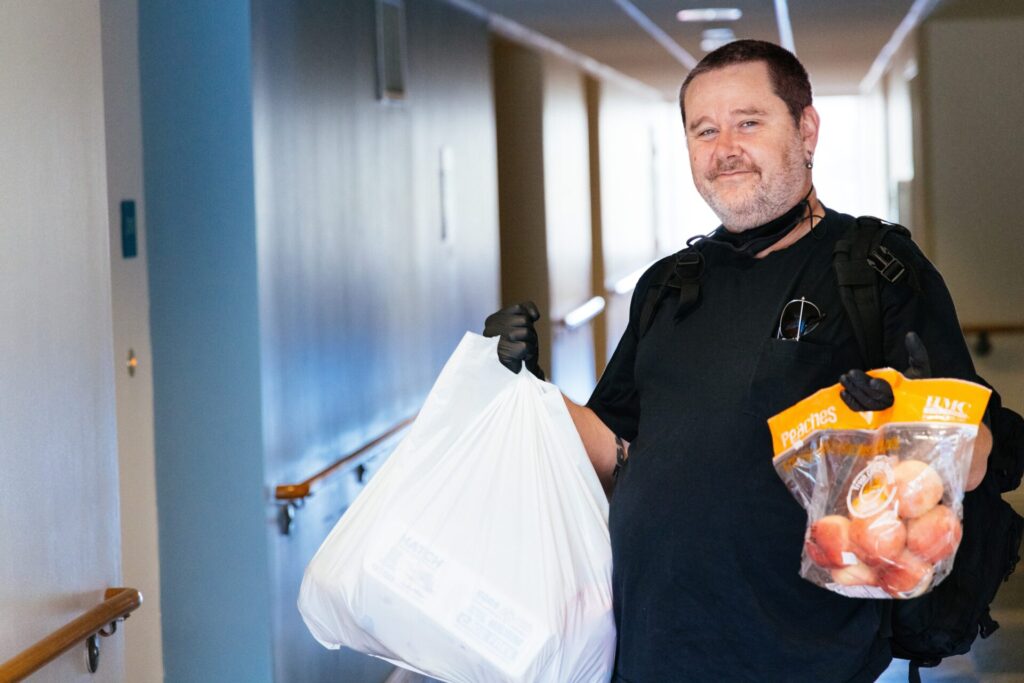 Haircuts and Healthy Groceries
Haircuts and Healthy Groceries
Born and raised in Potrero Hill, Sam is determined to keep making a difference in the city that he loves. “I believe that whatever small thing I can do is still a note better than nothing,” he told us.
But Sam’s dedication is no “small thing” by any measure. To date, he’s shared more than 130,000 pounds of food with neighbors and volunteered more than 700 hours of his time. He delivers to 75 households weekly. And he’s even picked up some unlikely tools – scissors and a razor – to better meet the needs of his neighbors.
“I started the barber thing in January of this year. I let everybody [on my route] know upfront: ‘I’m a student barber, but I’m totally willing to give you a free haircut.’ There was one gentleman who really sticks out to me, his name was Paul. I got him cut up looking good. His afro was looking tight, got him a good shave going. He was rocking his handlebar mustache after I was finished. He was giddy almost with excitement,” Sam laughed.
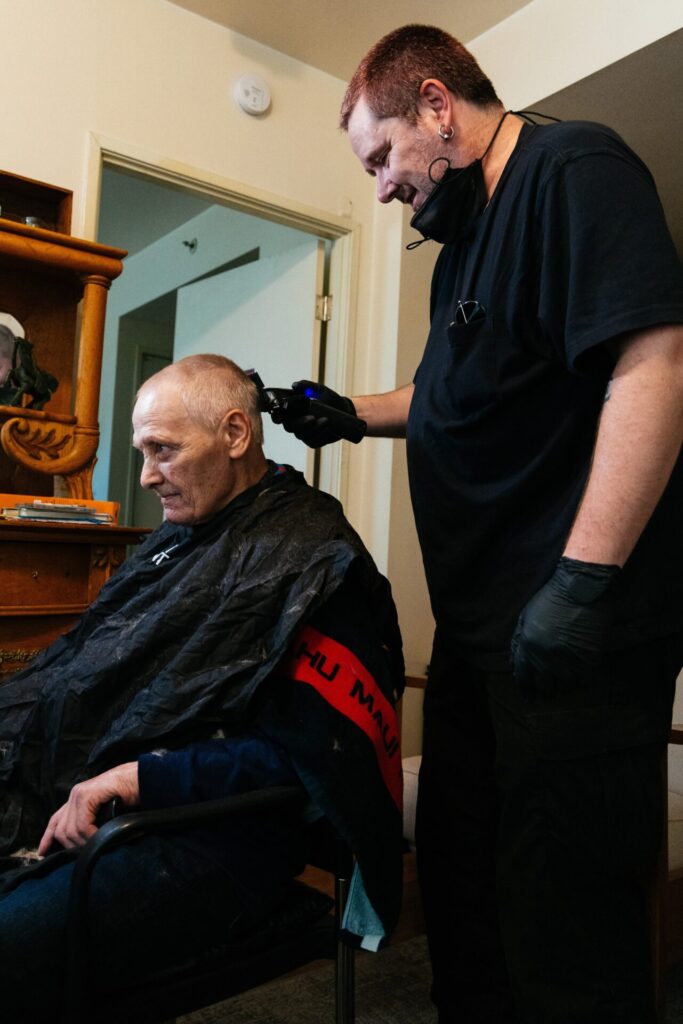 “Kindness is Strength”
“Kindness is Strength”
From trims to line-ups, Sam is building his barbering repertoire while building connections with his neighbors – including a participant on his route who is a barber herself! His driving ethos is the same through it all: “What can I do to lift this person up, to empower them to take the reins and then go forward?”
Whether through food, friendly conversation or a solid shave, Sam’s compassion shows up in every interaction. And when asked to make an elevator pitch for becoming a driver for Home-Delivered Groceries, his call to action is simple.
“In the world now, being kind to one another is the strongest thing that you can do for your fellow human being. Kindness is strength. And there are a lot of people who are stronger than they think they are.”


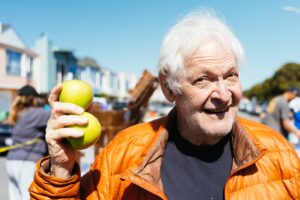 Once a week, a familiar face stops by a neighborhood food pantry in the Richmond district for an afternoon volunteer shift: coordinating the check-in process, breaking down cardboard, and helping share groceries with hundreds of neighbors each week.
Once a week, a familiar face stops by a neighborhood food pantry in the Richmond district for an afternoon volunteer shift: coordinating the check-in process, breaking down cardboard, and helping share groceries with hundreds of neighbors each week. 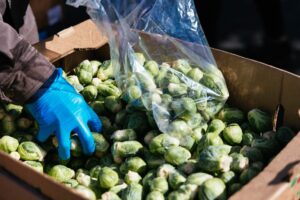 sense that “the sky was falling.”
sense that “the sky was falling.” 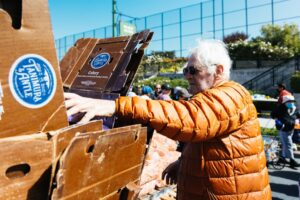 Gary lives on his pension income – so even before record inflation hit, his pre-pandemic grocery routine involved walking to a variety of stores and markets to get the best deals and buy food in bulk. The health risks of the pandemic made this routine impossible for him, but home-delivered Food Bank groceries helped Gary offset the pressure on his budget and stay nourished with fresh vegetables.
Gary lives on his pension income – so even before record inflation hit, his pre-pandemic grocery routine involved walking to a variety of stores and markets to get the best deals and buy food in bulk. The health risks of the pandemic made this routine impossible for him, but home-delivered Food Bank groceries helped Gary offset the pressure on his budget and stay nourished with fresh vegetables. 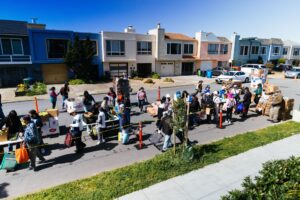 network of support – friends, neighbors and groceries from the Food Bank – Gary was able to stay healthy and safe during the height of the pandemic. But he knows not everyone had that good fortune.
network of support – friends, neighbors and groceries from the Food Bank – Gary was able to stay healthy and safe during the height of the pandemic. But he knows not everyone had that good fortune.
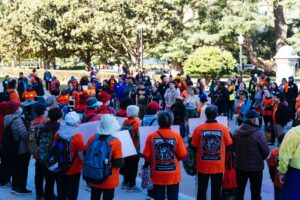 On April 30, our Policy and Advocacy team gathered in-person with the California Hunger Action Coalition (CHAC) in Sacramento to raise their voices for Hunger Action Day! Hunger Action Day is the single largest anti-hunger advocacy day in California, bringing advocates from across the state to the State Capitol to speak face-to-face with our policymakers.
On April 30, our Policy and Advocacy team gathered in-person with the California Hunger Action Coalition (CHAC) in Sacramento to raise their voices for Hunger Action Day! Hunger Action Day is the single largest anti-hunger advocacy day in California, bringing advocates from across the state to the State Capitol to speak face-to-face with our policymakers.
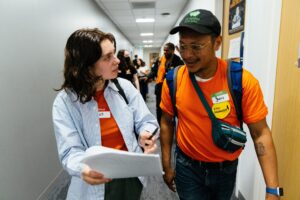 Reflecting on a jam-packed day of collaboration, Food Bank staff came away feeling energized to continue pushing for impactful, equitable policy.
Reflecting on a jam-packed day of collaboration, Food Bank staff came away feeling energized to continue pushing for impactful, equitable policy.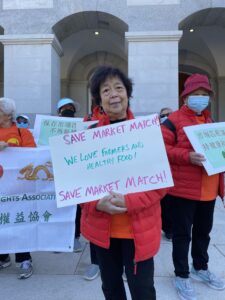 TNDC’s Tenderloin Chinese Rights Association.
TNDC’s Tenderloin Chinese Rights Association. 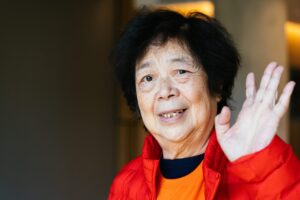

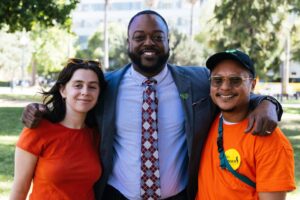
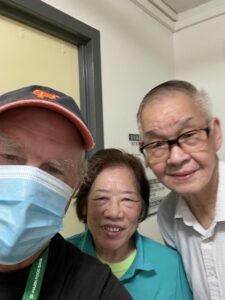 After working in the warehouse and at different Food Bank pantries during the early pandemic, Nick signed up to home-deliver groceries to seniors, families with young children, folks with disabilities and other neighbors who weren’t able to make it to a traditional pantry but still needed food. His shift took him all throughout the city — including neighborhoods that he, after many years of living in San Francisco, had never been to before.
After working in the warehouse and at different Food Bank pantries during the early pandemic, Nick signed up to home-deliver groceries to seniors, families with young children, folks with disabilities and other neighbors who weren’t able to make it to a traditional pantry but still needed food. His shift took him all throughout the city — including neighborhoods that he, after many years of living in San Francisco, had never been to before. 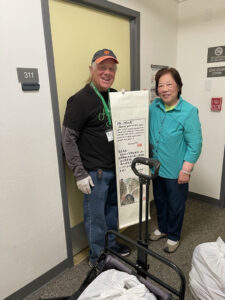 couple on his delivery route, sticks out for Nick above the rest.
couple on his delivery route, sticks out for Nick above the rest.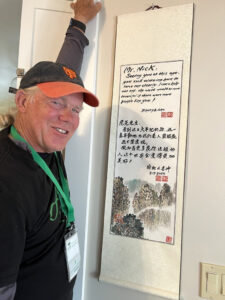 “I am humbled by all the effort behind me, by all the people at the Food Bank who make this happen. That’s the extraordinary part of this. The people who are out there on the curb in all kinds of weather, loading groceries into people’s cars, people who are working in the warehouse day after day, that’s not exactly the easiest thing to do,” he said. “I’m just the delivery boy.”
“I am humbled by all the effort behind me, by all the people at the Food Bank who make this happen. That’s the extraordinary part of this. The people who are out there on the curb in all kinds of weather, loading groceries into people’s cars, people who are working in the warehouse day after day, that’s not exactly the easiest thing to do,” he said. “I’m just the delivery boy.”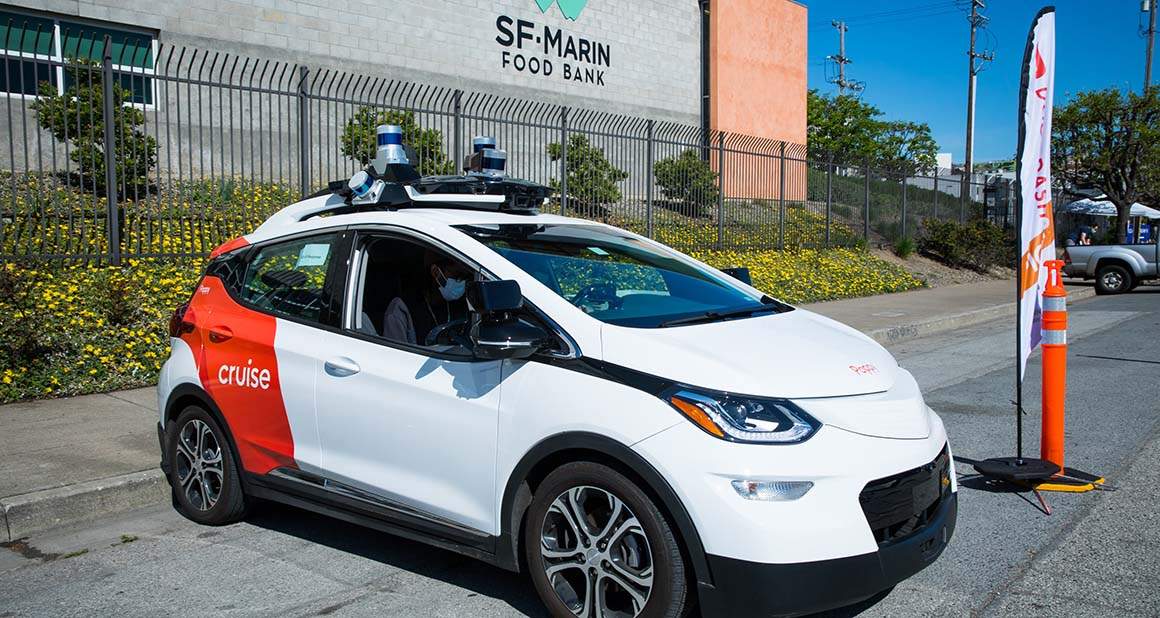
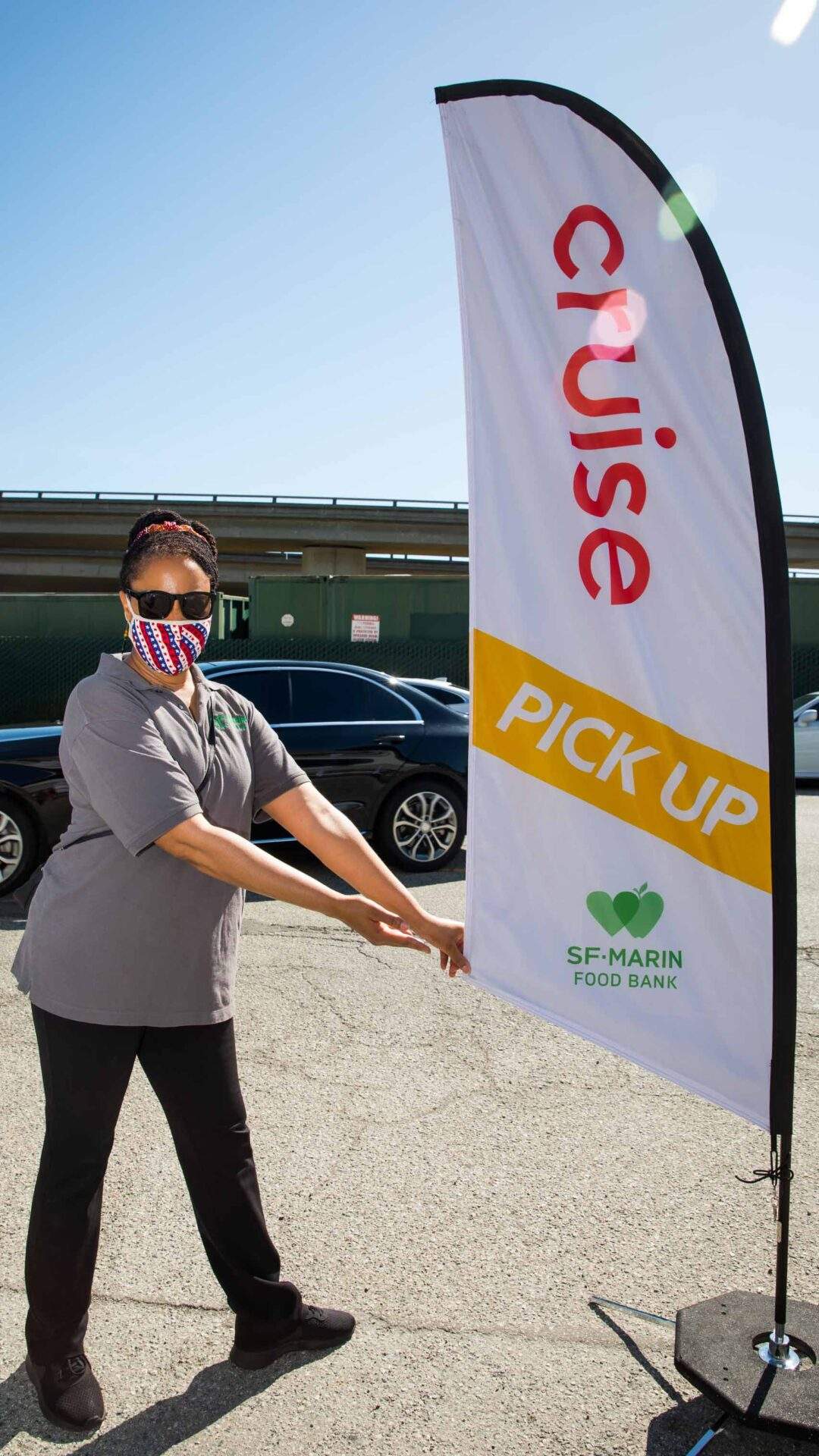
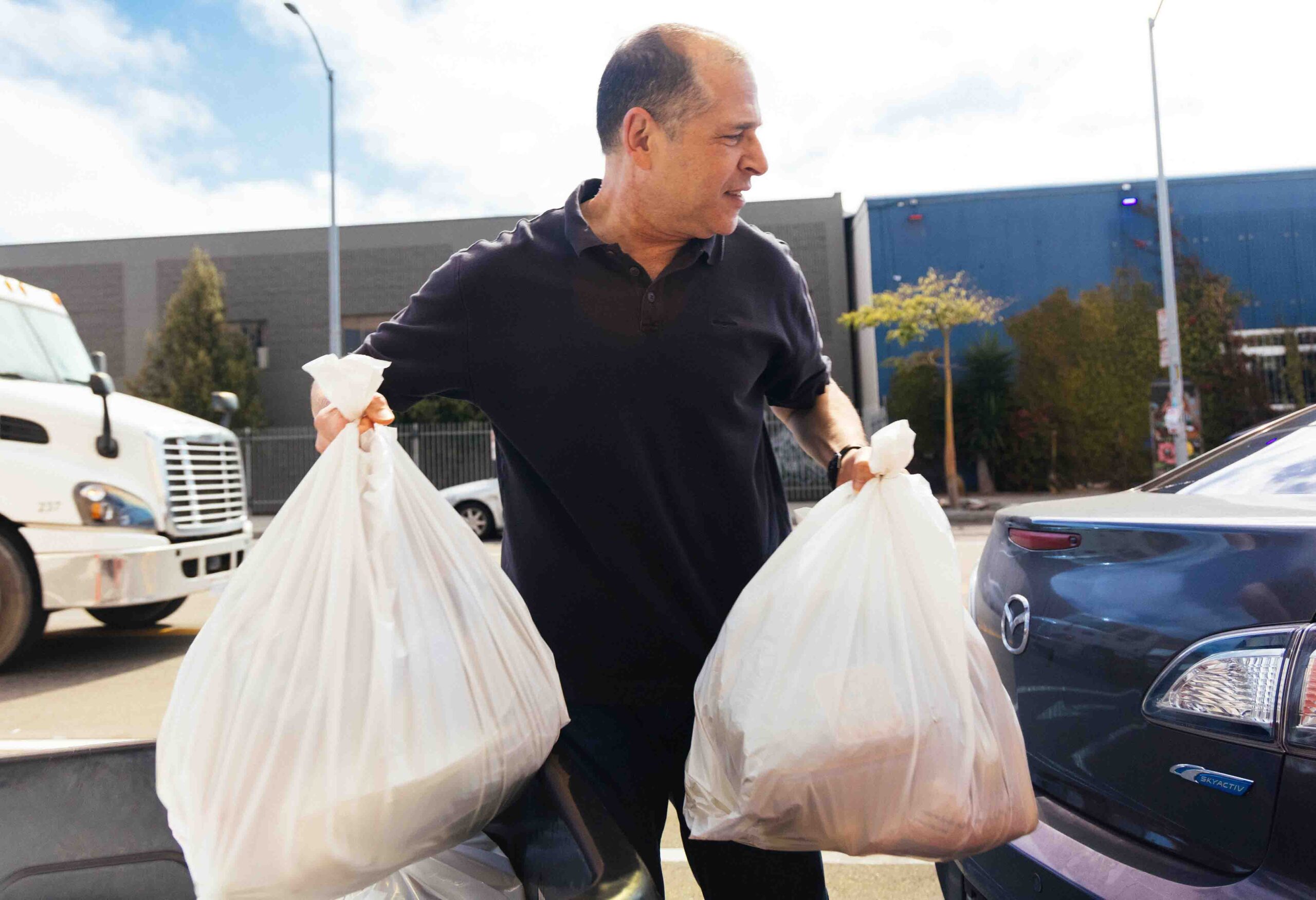
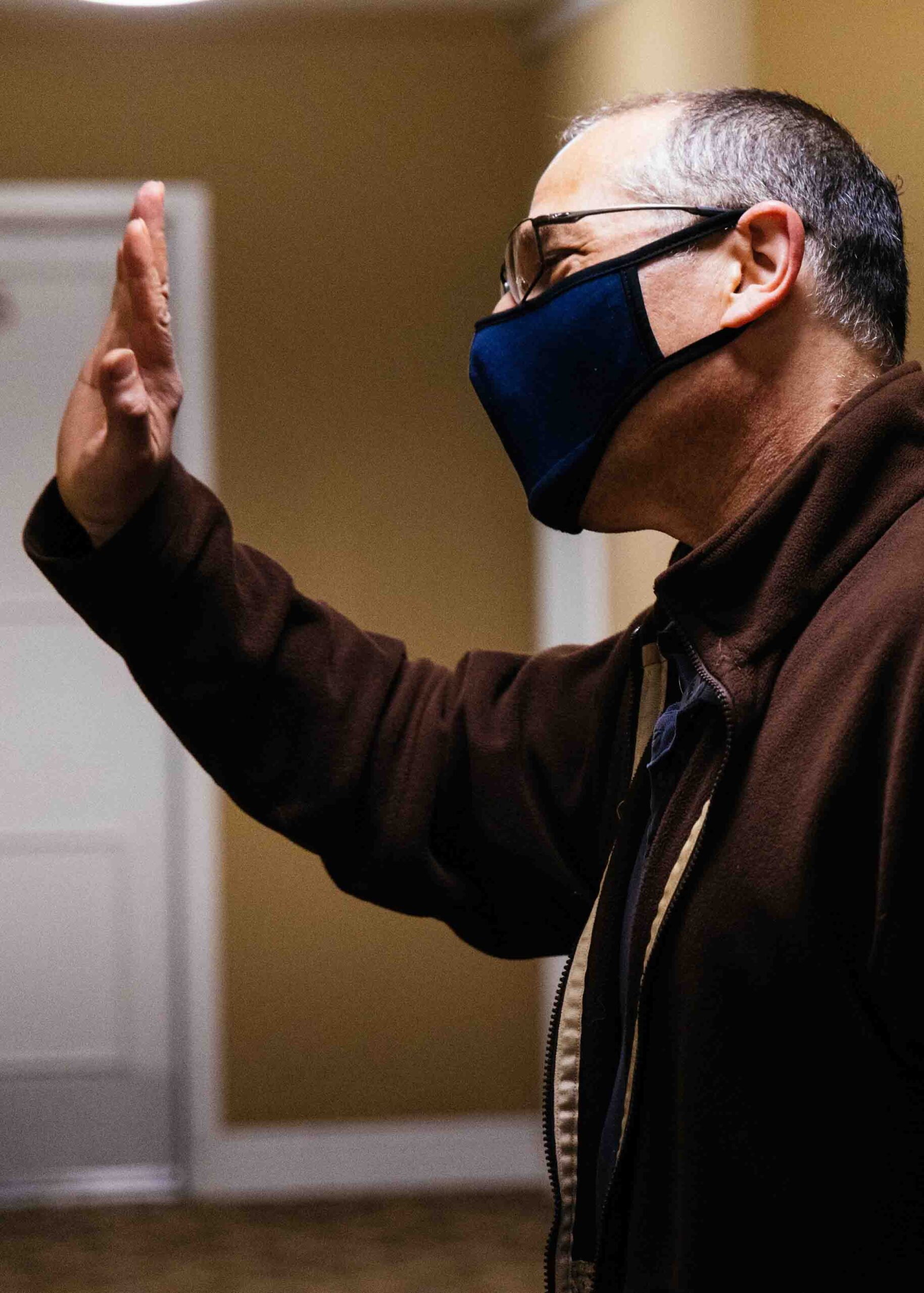
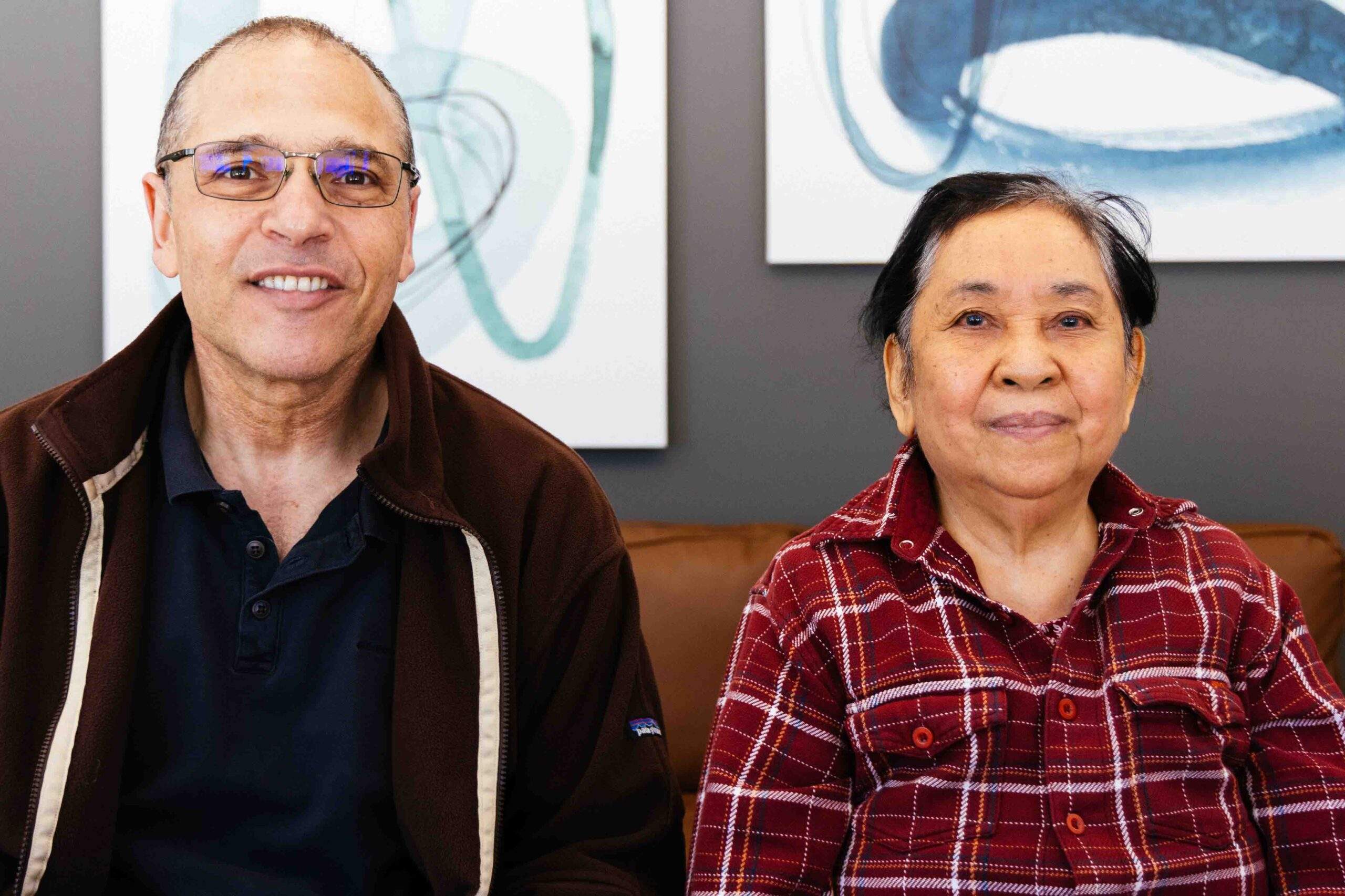
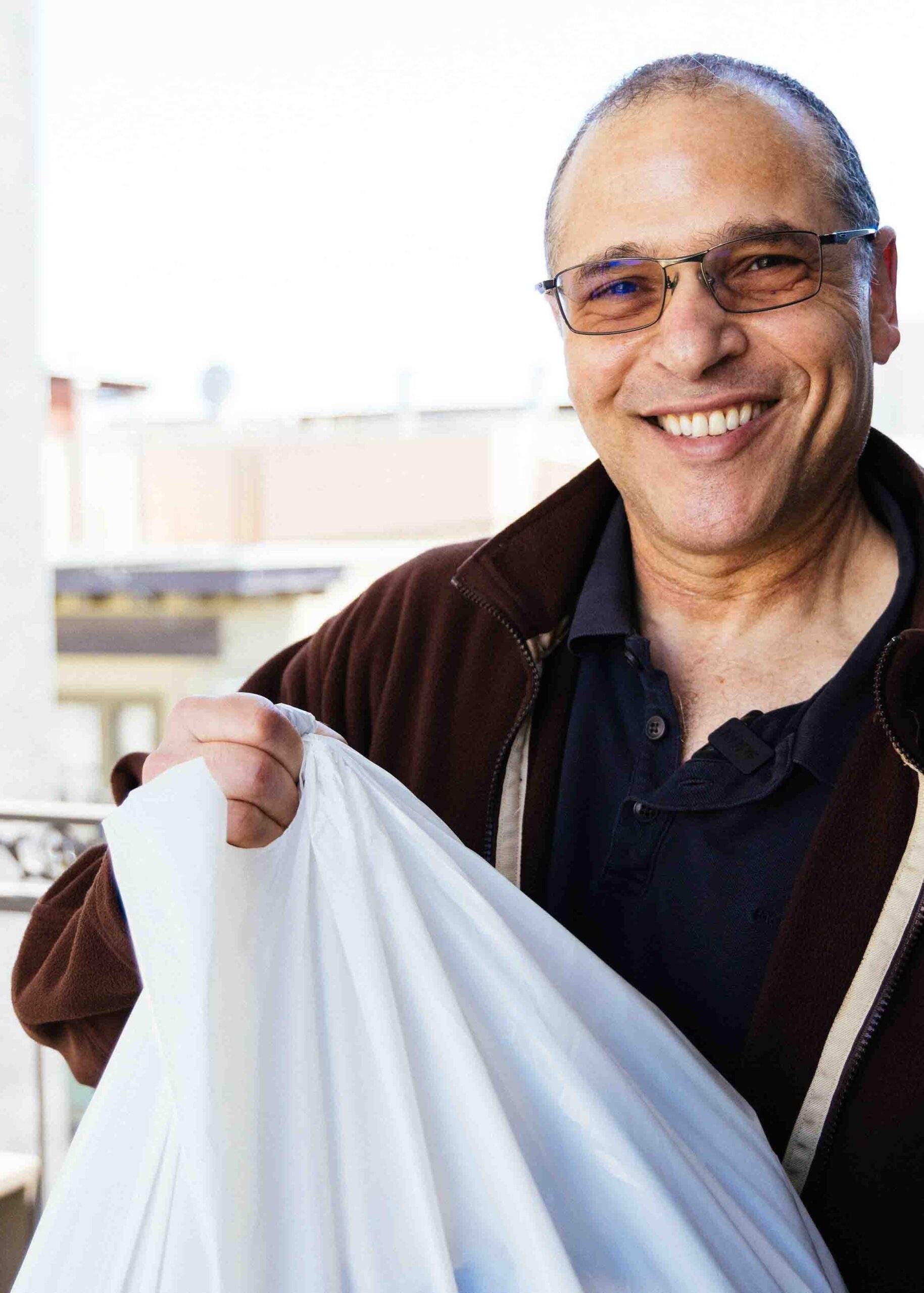
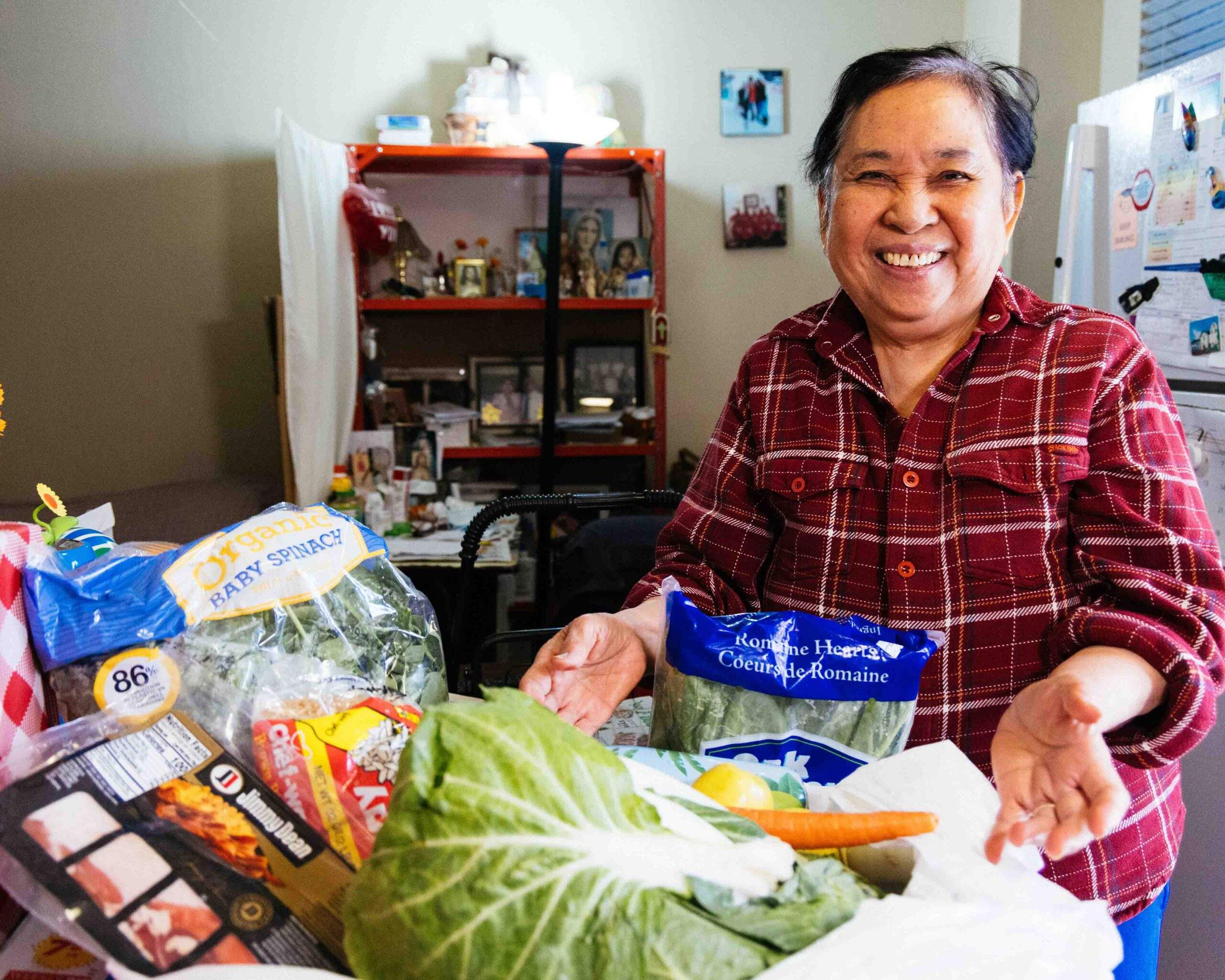
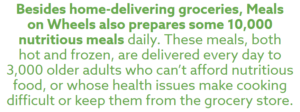
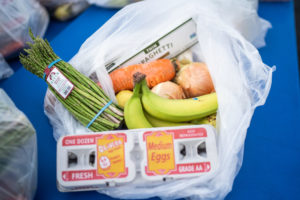 Partners like Meals on Wheels, as well as our own
Partners like Meals on Wheels, as well as our own 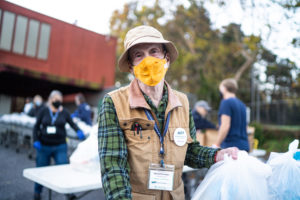
Share